Home>Garden Essentials>How To Spread Grass Seed Without Spreader
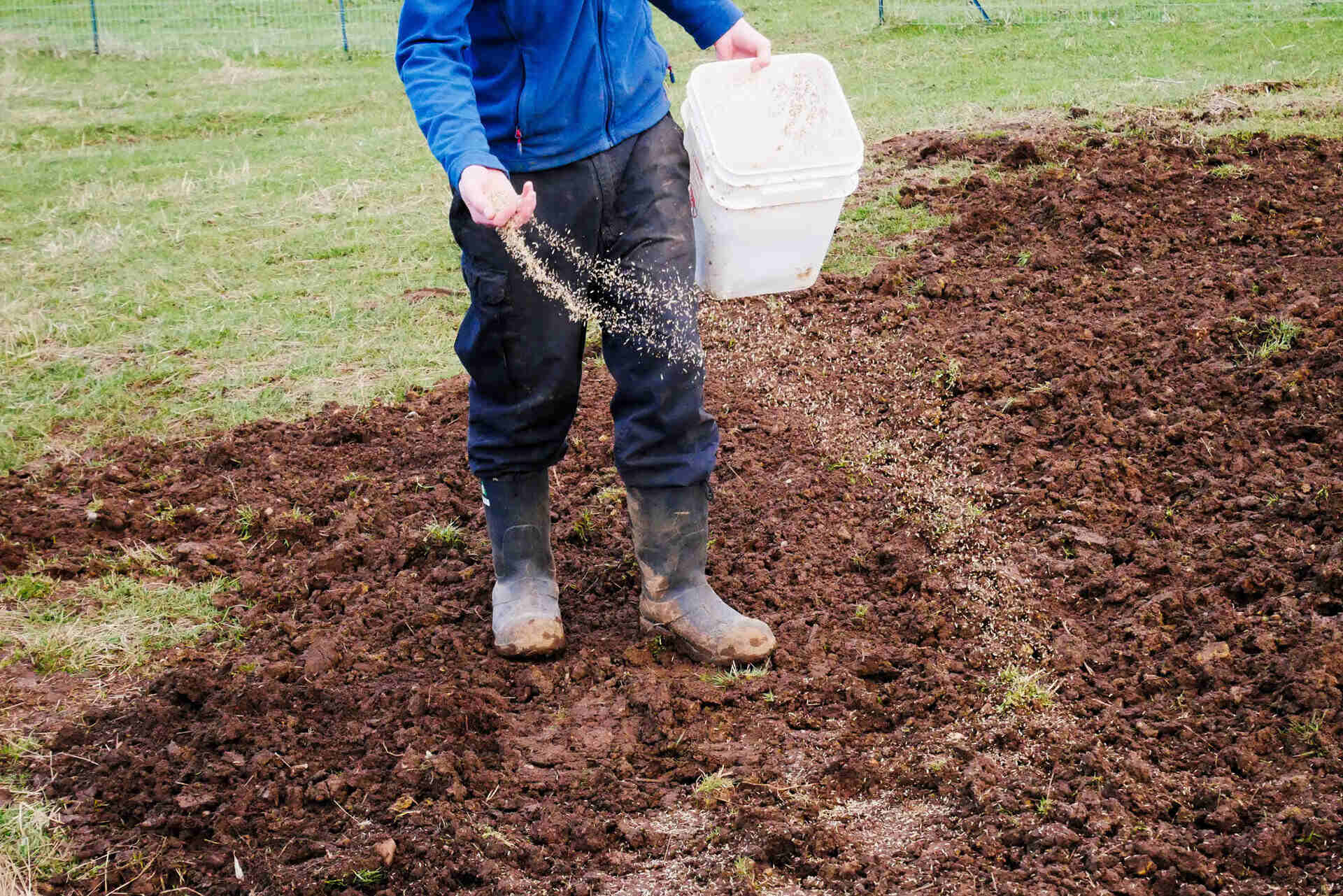

Garden Essentials
How To Spread Grass Seed Without Spreader
Modified: March 15, 2024
Looking to spread grass seed in your garden without a spreader? Learn how to do it effectively and efficiently with our step-by-step guide.
(Many of the links in this article redirect to a specific reviewed product. Your purchase of these products through affiliate links helps to generate commission for Storables.com, at no extra cost. Learn more)
Introduction
Welcome to the world of gardening and landscaping! One of the essential tasks for maintaining a lush and vibrant lawn is to spread grass seed. While many people opt for the convenience of using a spreader, there are situations where you may not have access to one or prefer to do it by hand. In this article, we will explore the reasons why you might want to spread grass seed without a spreader and provide you with the best methods to achieve successful results.
Spreading grass seed without a spreader may seem daunting at first, but don’t worry! With a little bit of knowledge and some simple techniques, you can achieve an even distribution of grass seed and promote healthy growth in your lawn. So, let’s dive in and discover the reasons why you might want to spread grass seed without a spreader and how to do it effectively.
Key Takeaways:
- Hand spreading grass seed is a budget-friendly and precise method suitable for small areas, tight spaces, and uneven terrain, promoting healthy growth and lush lawns.
- Prepare your lawn by mowing, removing debris, aerating, and watering before hand spreading or using alternative methods to achieve even grass seed distribution.
Read more: How To Spread Infill Without Infill Machine
Reasons to Spread Grass Seed Without a Spreader
While using a spreader is a popular method for distributing grass seed, there are a few reasons why you might want to consider spreading the seed by hand or using alternative methods:
- Small Areas: If you have a small lawn or a specific patch that requires seeding, using a spreader may be unnecessary. Hand spreading the grass seed allows for more control and precision, ensuring that the seed is evenly distributed.
- Tight Spaces: Areas near trees, flower beds, or other obstacles can be challenging to access with a spreader. By spreading the seed by hand, you can maneuver around these obstacles without damaging your lawn or existing plants.
- Uneven Terrain: If your lawn has uneven or sloped surfaces, a spreader may not be able to distribute the seed evenly. By hand spreading, you can adjust the amount of seed applied to different areas, preventing over- or under-seeding.
- Improving Bare Patches: Bare patches in your lawn may require targeted seeding. By spreading the seed by hand, you can concentrate on these areas and ensure that the new grass has the best chance of filling in the patches.
- Budget-Friendly Option: Not everyone may have a spreader readily available or may not want to invest in one. Hand spreading grass seed is a cost-effective alternative that can still yield positive results if done correctly.
Regardless of the reasons why you choose to spread grass seed without a spreader, it’s important to note that proper preparation and technique are vital for success. Next, we will explore the steps to prepare your lawn and the different methods you can use to spread grass seed effectively.
Preparing Your Lawn for Seed
Before you start spreading grass seed, it’s crucial to prepare your lawn to provide the best conditions for germination and growth. Here are some essential steps to follow:
- Mow the Lawn: Begin by mowing your lawn to a height of around 2-3 inches. This will help ensure that the grass seed makes good soil contact and receives enough sunlight for germination.
- Remove Weeds and Debris: Take the time to clear any weeds, rocks, or debris from the area you plan to seed. This will prevent competition for nutrients and give your grass seed a better chance to thrive.
- Aerate the Soil: If your lawn has compacted soil, consider aerating it before seeding. Aerating helps improve water and air circulation, allowing the grass roots to penetrate deeper and establish a healthy foundation.
- Rake the Soil: Using a garden rake, lightly rake the soil to loosen the top layer and create a better seedbed. This will improve seed-to-soil contact and increase the chances of successful germination.
- Soil Testing: Consider getting a soil test done to determine if any amendments, such as lime or fertilizer, are needed. This will provide insights into the pH level and nutrient content of your soil, helping you make informed decisions for optimal grass growth.
- Water the Area: Before spreading the grass seed, give the area a good watering. This will moisten the soil and create a favorable environment for the seeds to germinate.
By following these preparation steps, you can create the ideal conditions for successful grass seed germination and establishment. Once your lawn is ready, you can move on to the various methods of spreading grass seed without a spreader, which we will explore in the next section.
Methods for Spreading Grass Seed
When it comes to spreading grass seed without a spreader, there are a few methods you can choose from, depending on the size of the area you need to cover and your personal preference. Here are the most common methods:
- Hand Spreading: This method involves manually scattering the grass seed by hand. It is suitable for small areas or targeted spot seeding. The key is to distribute the seed as evenly as possible to ensure uniform coverage.
- Broadcasting by Hand: Similar to hand spreading, broadcasting involves gently tossing the grass seed by hand across the desired area. This method is more suitable for larger areas and can be done in a sweeping motion to achieve better coverage.
- Using a Drop Spreader Alternative: If you prefer a more controlled method similar to using a spreader, you can try using household items as a makeshift drop spreader. For example, you can use a bucket with evenly spaced holes or a large plastic container with a narrow opening to regulate the seed dispersal. Simply walk slowly and steadily across the area while shaking or tipping the container to release the seed.
It’s important to note that regardless of the method you choose, consistency is key. Ensure that you maintain a steady pace and apply the seed at a consistent rate to achieve even coverage. Taking your time and being thorough in your application will increase the chances of successful seed germination.
Now that you’re familiar with the different methods available, let’s delve into further details on hand spreading grass seed and broadcasting by hand in the following sections.
Hand Spreading Grass Seed
Hand spreading grass seed is a simple and efficient method for distributing seed over small areas or targeted spots. Here are the steps to successfully hand spread grass seed:
- Measure the Seed: Determine the recommended seeding rate for your specific grass seed variety. This information can usually be found on the seed packaging or obtained from a reputable gardening source. Measure out the appropriate amount of seed for the area you need to cover.
- Divide and Conquer: Divide your measured seed into equal portions based on the number of passes you plan to make over the area. This will help ensure consistent seed distribution across the entire space.
- Start in One Corner: Begin in one corner of the area and scatter the first portion of seed evenly by hand, using a sweeping motion from left to right or right to left. Be mindful of maintaining a consistent rhythm and avoiding clumping.
- Overlapping Passes: Walk in a straight line, slightly overlapping each pass with the previous one to ensure complete coverage. This will prevent any missed spots and promote uniform growth.
- Constant Motion: Keep moving at a consistent pace while spreading the seed. This will help distribute the seed evenly and prevent over-concentration in any particular area.
- Varying Directions: After completing one pass, change direction and make additional passes perpendicular to the initial ones. This crisscross pattern will ensure that the seed is spread evenly in all directions.
- Repeat if Necessary: If you have remaining seed after your initial passes, repeat the process until all the seed is distributed. Remember to maintain consistency and avoid excessive seed concentration in any area.
By following these steps, you can hand spread grass seed effectively, ensuring even coverage and promoting healthy growth. However, it’s essential to keep in mind that hand spreading may require more attention to detail and precision than using a spreader. Take your time, be patient, and pay close attention to achieve the best results.
In the next section, we will explore the method of broadcasting grass seed by hand, which is suitable for larger areas and offers a different approach to seed distribution.
You can spread grass seed without a spreader by using a handheld spreader, casting it by hand, or mixing it with sand and spreading it evenly. Make sure to water the area regularly for best results.
Read more: How Do Dandelions Spread Their Seeds
Broadcasting Grass Seed by Hand
Broadcasting grass seed by hand is a method commonly used to cover larger areas with grass seed. It allows for a more rapid and widespread distribution compared to hand spreading. Here’s how you can effectively broadcast grass seed by hand:
- Measure the Seed: Determine the recommended seeding rate for your specific grass seed variety. This information can usually be found on the seed packaging or obtained from a reputable gardening source. Measure out the appropriate amount of seed for the area you need to cover.
- Divide and Conquer: Divide the measured seed into equal portions based on the number of passes you plan to make over the area. This will help ensure consistent seed distribution across the entire space.
- Stand at Starting Point: Stand at one end of the area you want to seed, preferably the corner closest to you. This will make it easier to maintain the desired direction while broadcasting the seed.
- Extend Arm and Toss Seed: Extend your arm out to the side and hold a portion of the seed in your hand. Using a sweeping motion, toss the seed from your hand, allowing it to scatter in front of you. Aim to achieve an even spread over a broad area.
- Stride Forward: Take a step or two forward, maintaining the same sweeping motion while tossing the seed from your hand. This will create overlap with the previously scattered seed and ensure consistent coverage.
- Repeat the Process: Continuously stride forward, sweeping your arm and scattering seed until you reach the end of the area. Make sure to maintain a steady pace and avoid clumping or concentrating the seed in any one spot.
- Return and Repeat: Once you reach the end of the area, turn around and walk back in the opposite direction, repeating the broadcasting process. This will help ensure thorough coverage and eliminate any gaps in seed distribution.
By following these steps, you can effectively broadcast grass seed by hand, covering larger areas efficiently. Remember to maintain a smooth and consistent motion while tossing the seed to achieve even coverage. If you have any remaining seed, repeat the process until the entire area is adequately covered.
Now that you’re familiar with hand spreading and broadcasting grass seed by hand, the next section will provide you with some success tips to ensure your hand spreading efforts yield the best results.
Using a Drop Spreader Alternative
If you don’t have access to a traditional spreader and prefer a more controlled method of seed distribution, you can try using a drop spreader alternative. Here’s how you can create a makeshift drop spreader using common household items:
- Bucket with Holes: Find a plastic bucket with a sturdy handle. Using a drill or a heated metal rod, create evenly-spaced holes on the bottom of the bucket. These holes will allow the seed to drop and spread as you walk.
- Container with Narrow Opening: Alternatively, you can use a large plastic container with a narrow opening, such as a milk jug or a large detergent bottle. Cut a small hole at the bottom or near the handle to regulate the seed flow.
- Load the Container: Fill your chosen container with the measured grass seed. Ensure that the container is not overloaded, as this may lead to inconsistent seed distribution.
- Walk Slowly and Steadily: Hold the handle of the bucket or container with one hand and walk slowly across the area you want to seed. Tilt or shake the container gently to allow the seed to drop through the holes or opening.
- Overlapping Passes: Just like with a traditional drop spreader, make overlapping passes to ensure comprehensive seed coverage. Walk in straight lines, slightly overlapping each pass with the previous one.
- Adjust Seed Flow: Experiment with the size and number of holes or the size of the container opening to control the seed flow. You can cover larger areas by increasing the flow or reduce it for more precise seeding in specific spots.
Using a drop spreader alternative gives you more control over the seed distribution process, allowing for a targeted approach. It also enables you to cover larger areas more efficiently than hand spreading. However, keep in mind that this method may require some experimentation to achieve the desired seed flow and distribution.
In the next section, we will provide you with some important success tips to keep in mind when hand spreading grass seed, regardless of the method you choose to use.
Success Tips for Hand Spreading Grass Seed
Hand spreading grass seed can yield excellent results when done correctly. To ensure the success of your seed distribution, consider the following tips and techniques:
- Measure and Divide: Before you start spreading the seed, measure and divide it into smaller portions. This will help you maintain consistency and ensure even coverage throughout the area.
- Practice a Smooth Motion: Whether you’re hand spreading or broadcasting, practice a smooth and fluid motion. Avoid jerky or abrupt movements as they can lead to uneven distribution of the seed.
- Wear Gloves: Wearing gloves while spreading the seed can protect your hands and help prevent clumping of the seed due to moisture and oils from your skin.
- Keep a Steady Pace: Maintain a steady and consistent pace while spreading the seed. This will help ensure that you distribute the seed evenly and prevent over-concentration in certain areas.
- Avoid Over-Seeding: It’s crucial not to over-seed your lawn. Excessive seed density can lead to competition for resources and hinder the growth of the new grass. Follow the recommended seeding rate for your specific grass seed variety.
- Maintain Overlapping Passes: Whether you’re hand spreading or broadcasting, make sure to overlap each pass with the previous one. This ensures that there are no gaps or missed spots in the seed distribution.
- Water Thoroughly: After you’ve spread the seed, water the area thoroughly. This will help the seeds settle into the soil and initiate the germination process.
- Be Patient: Grass seed takes time to germinate and establish. Be patient and avoid excessive foot traffic or disturbances on the newly seeded area. Follow proper watering and maintenance practices to promote successful germination and growth.
By applying these tips, you can increase the chances of success when hand spreading grass seed. Remember, the key is to achieve even distribution and provide the best conditions for germination and growth.
Now that you’re equipped with valuable knowledge and techniques for hand spreading grass seed, you can confidently tackle your lawn reseeding or spot seeding projects. With some practice and patience, you’ll be rewarded with a lush and healthy lawn in no time!
If you need any further assistance on gardening or landscaping topics, feel free to explore our other articles or ask for more guidance. Happy gardening!
Conclusion
Spreading grass seed without a spreader is not only possible but also a practical and effective method for achieving a beautiful lawn. Whether you opt for hand spreading, broadcasting by hand, or using a drop spreader alternative, the key is to ensure even distribution of the seed and provide the best conditions for germination and growth.
By following the preparation steps, including mowing the lawn, removing weeds and debris, aerating the soil, raking the soil, and watering the area, you can create an ideal seedbed for successful growth. Additionally, measuring and dividing the seed, maintaining a steady pace, overlapping passes, and being patient are all crucial for achieving the best results when spreading seed by hand or by other alternative methods.
Remember, every lawn is unique, and it may take some experimentation and practice to find the best technique that works for your specific needs and conditions. Take the time to observe your lawn and make adjustments as necessary to ensure uniform coverage and promote healthy growth.
Whether you have a small lawn, tight spaces, uneven terrain, or simply prefer a budget-friendly option, hand spreading grass seed without a spreader can be an efficient and rewarding way to rejuvenate your lawn and fill in bare patches. With the right techniques and a little bit of patience, you can achieve a lush and vibrant lawn that will be the envy of your neighbors.
So, embrace the process of hand spreading grass seed, enjoy the satisfaction of nurturing new growth, and take pride in the beauty of your lawn. Happy seeding!
Frequently Asked Questions about How To Spread Grass Seed Without Spreader
Was this page helpful?
At Storables.com, we guarantee accurate and reliable information. Our content, validated by Expert Board Contributors, is crafted following stringent Editorial Policies. We're committed to providing you with well-researched, expert-backed insights for all your informational needs.
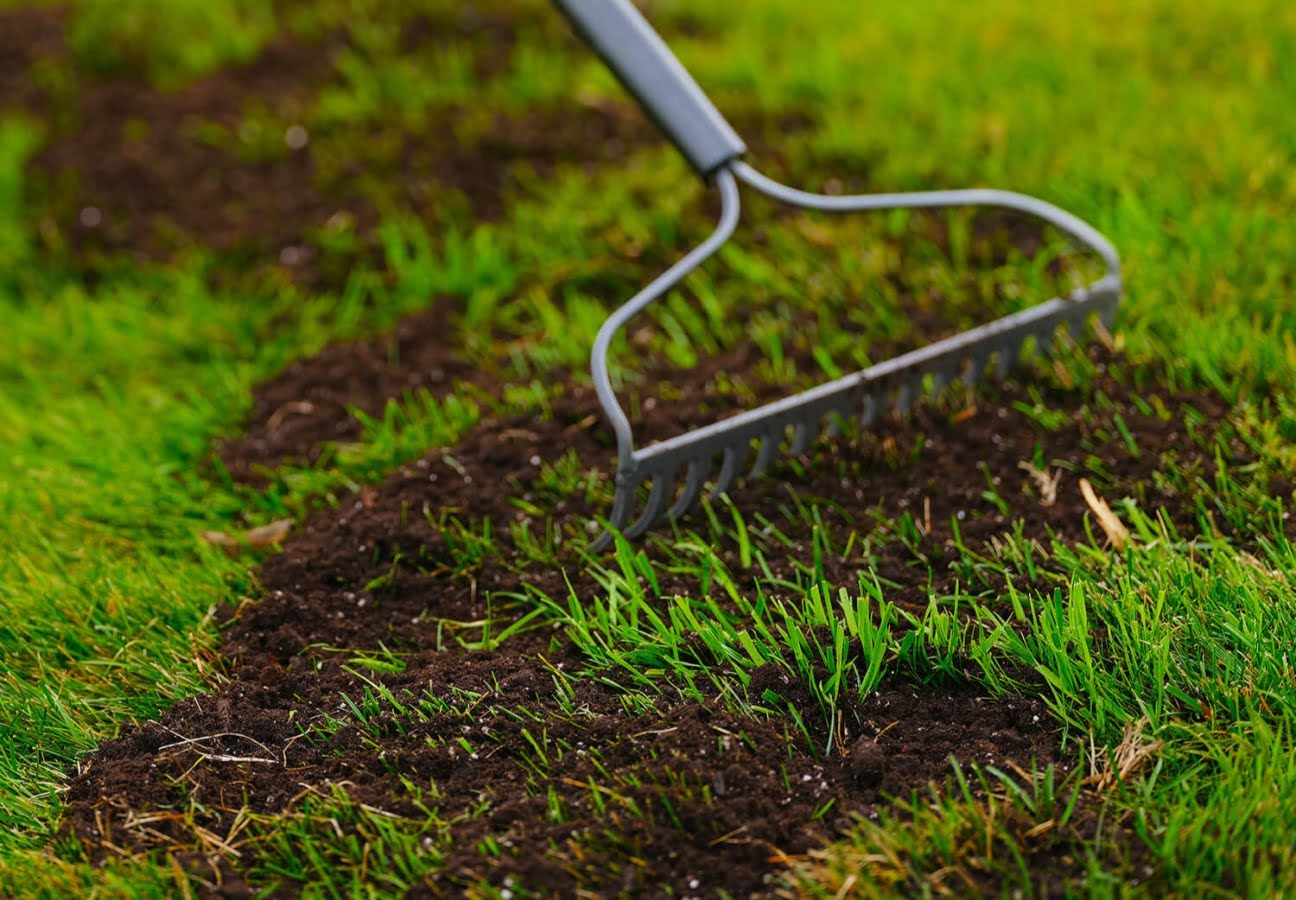
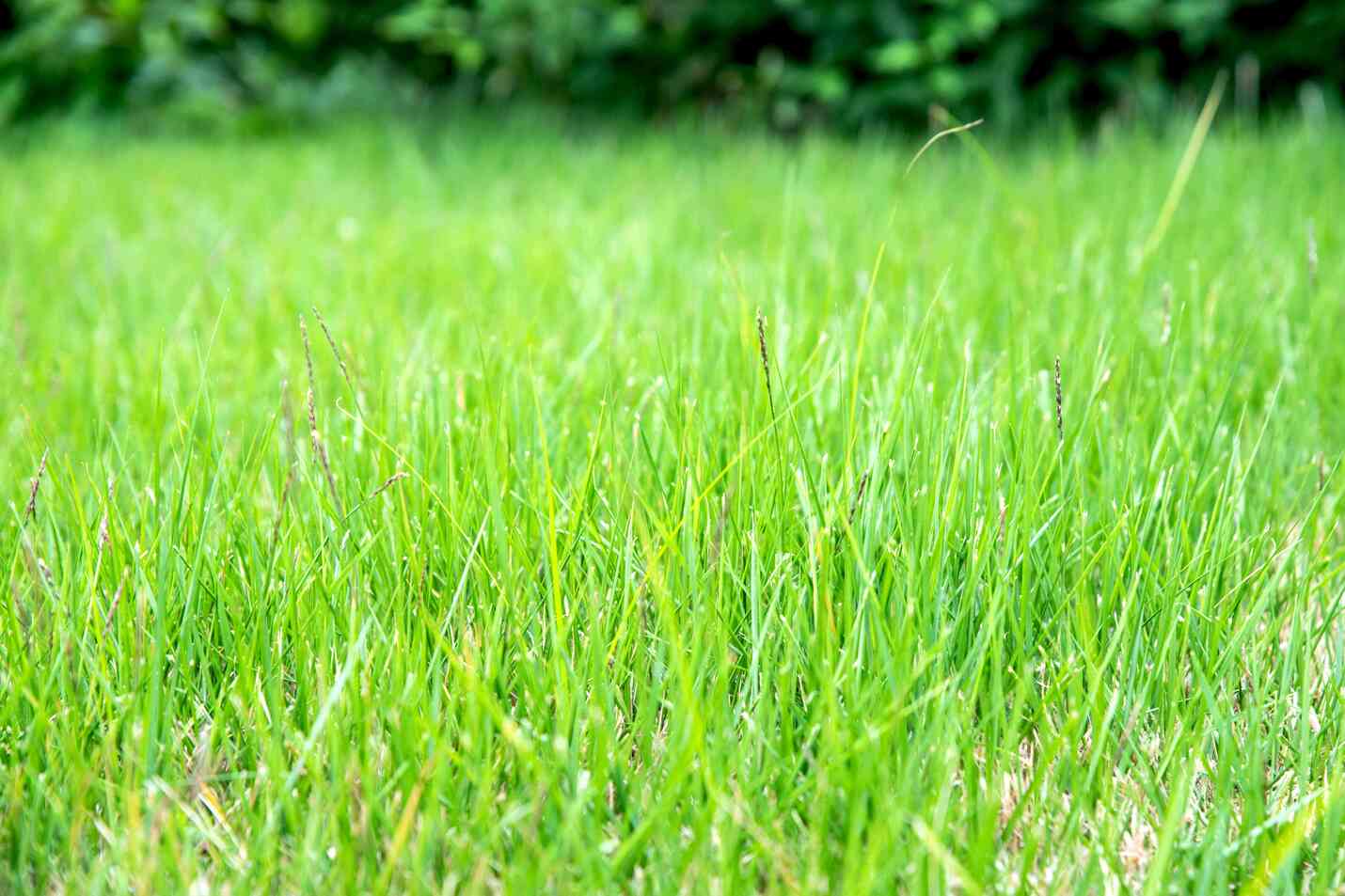
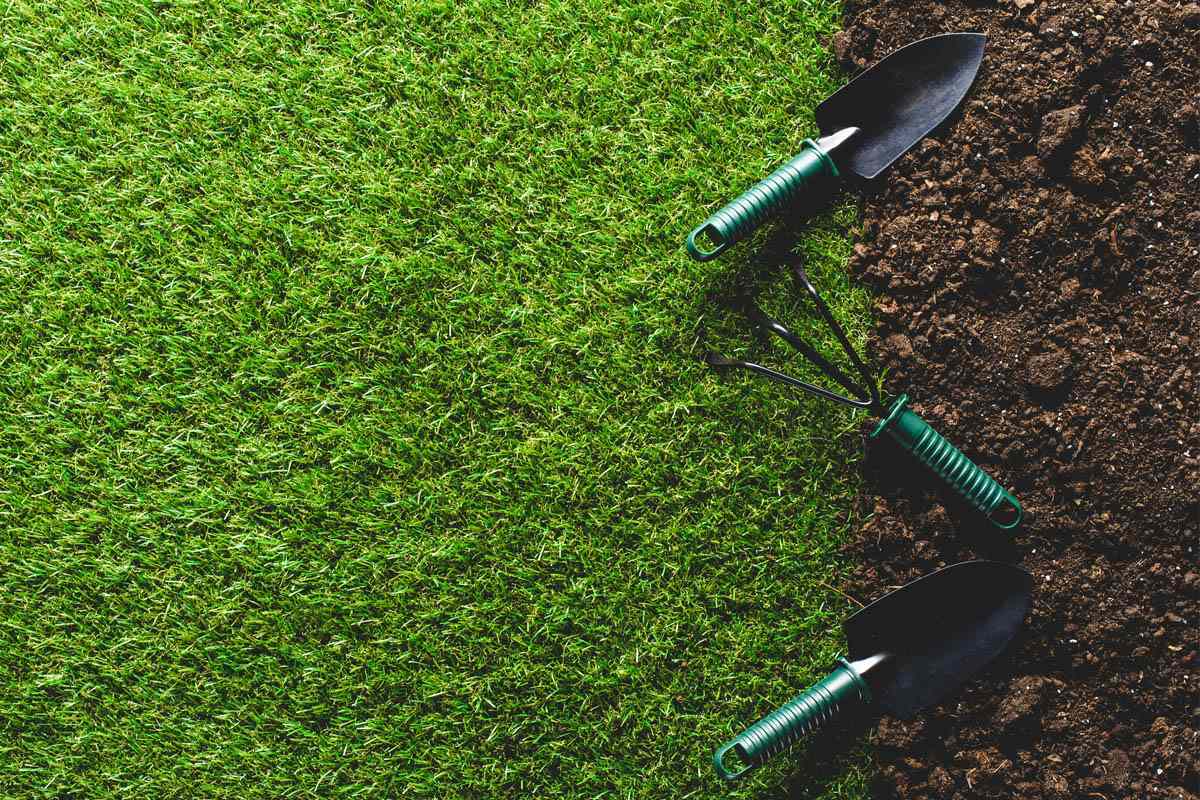
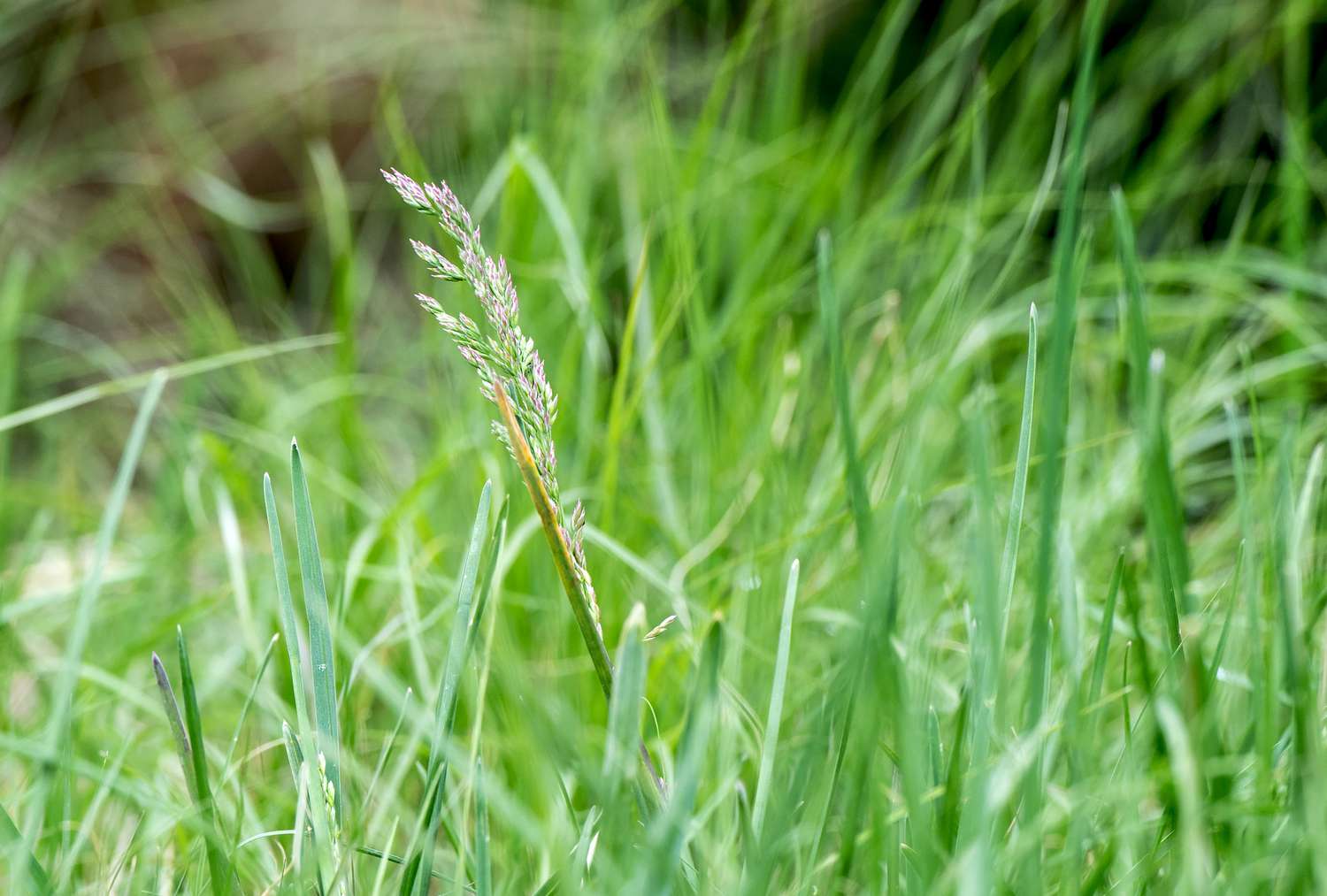
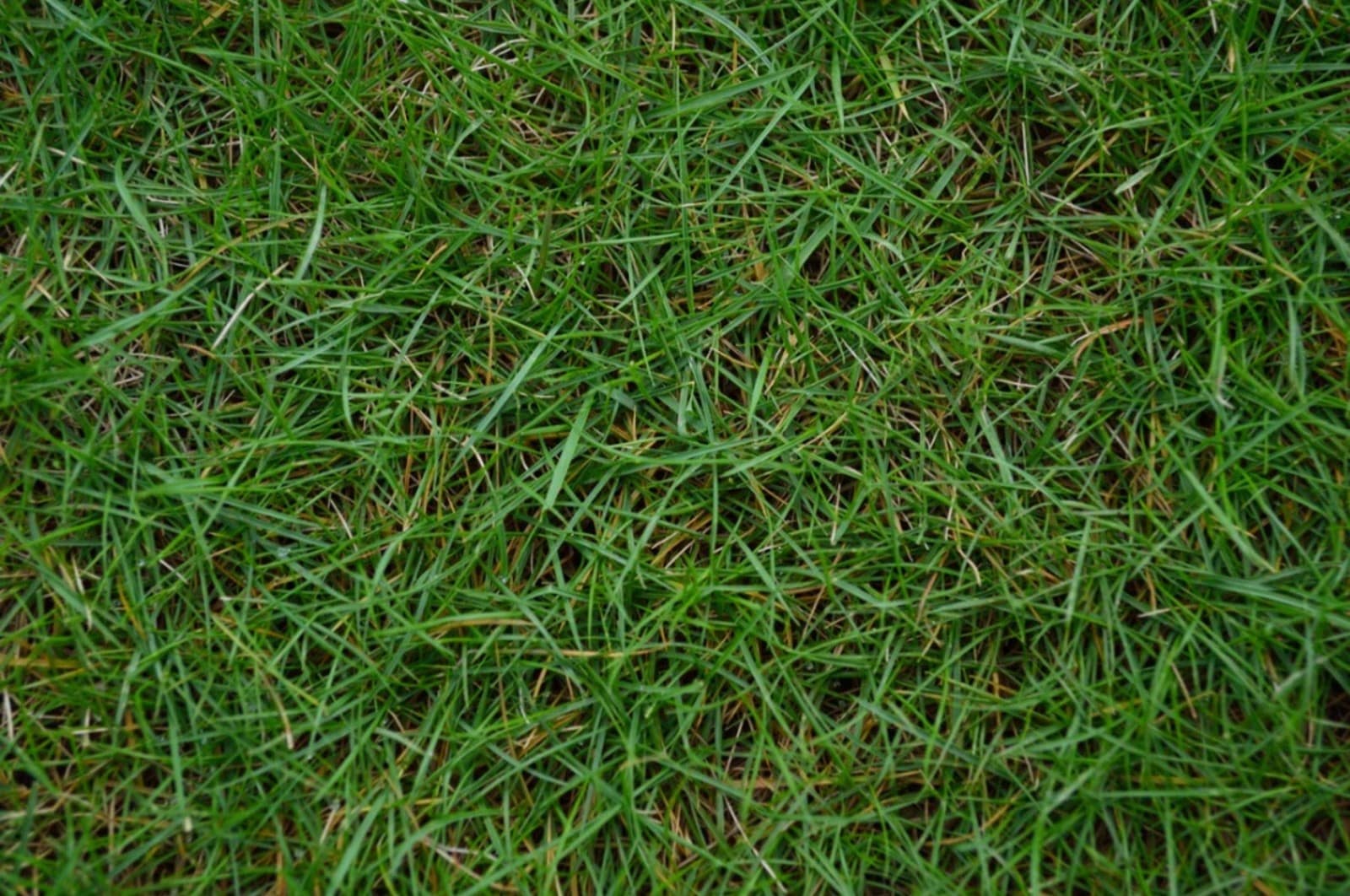
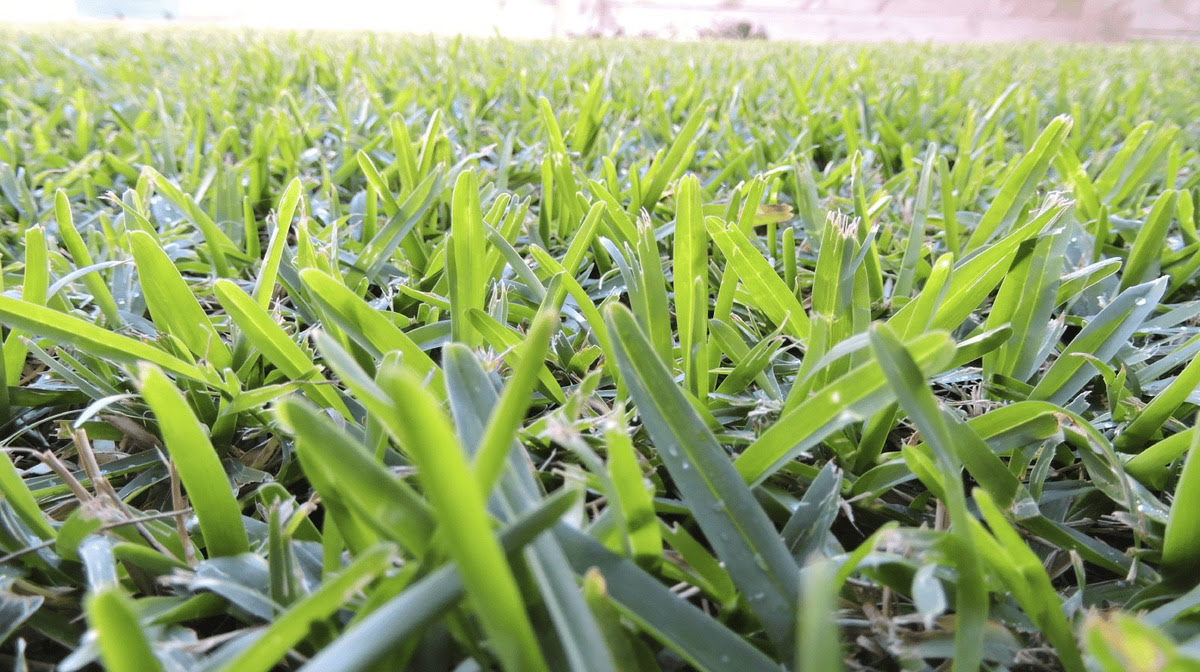

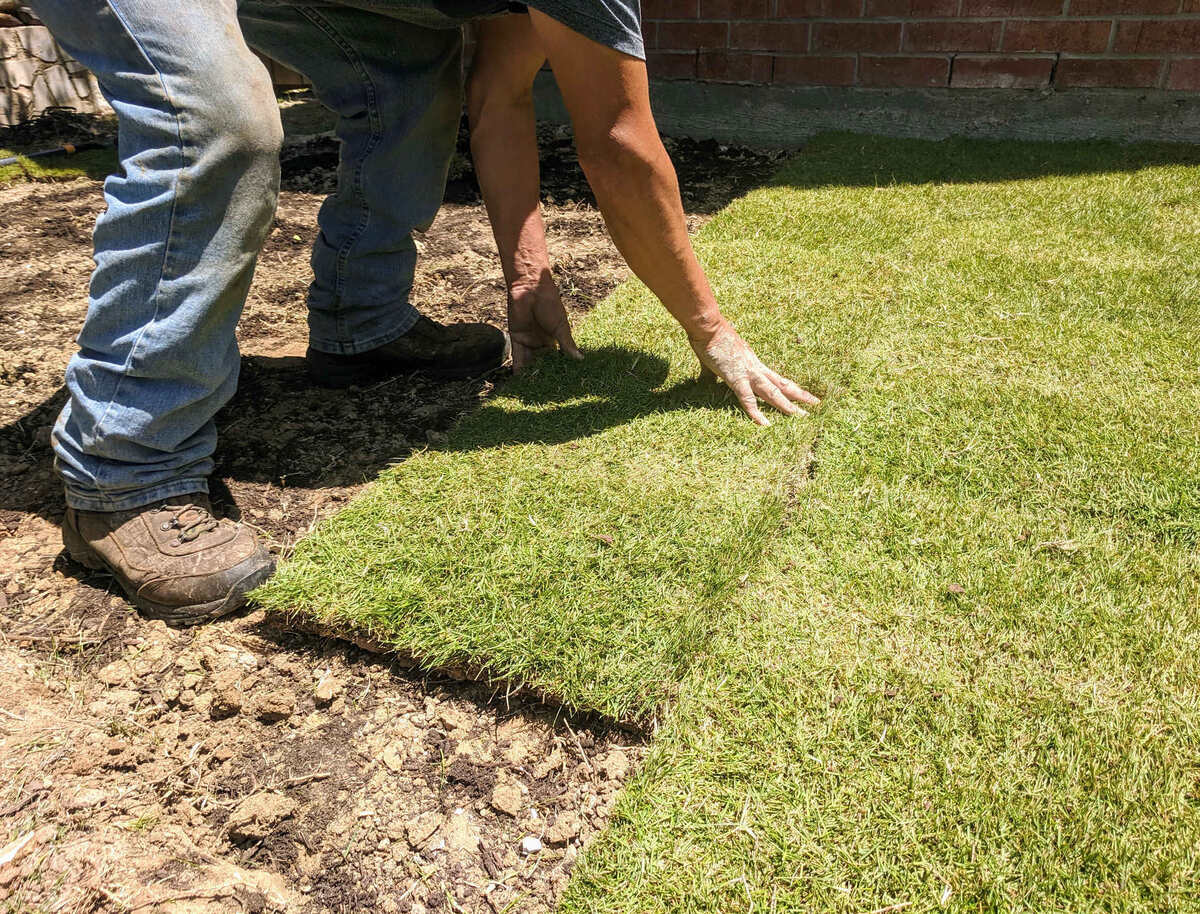
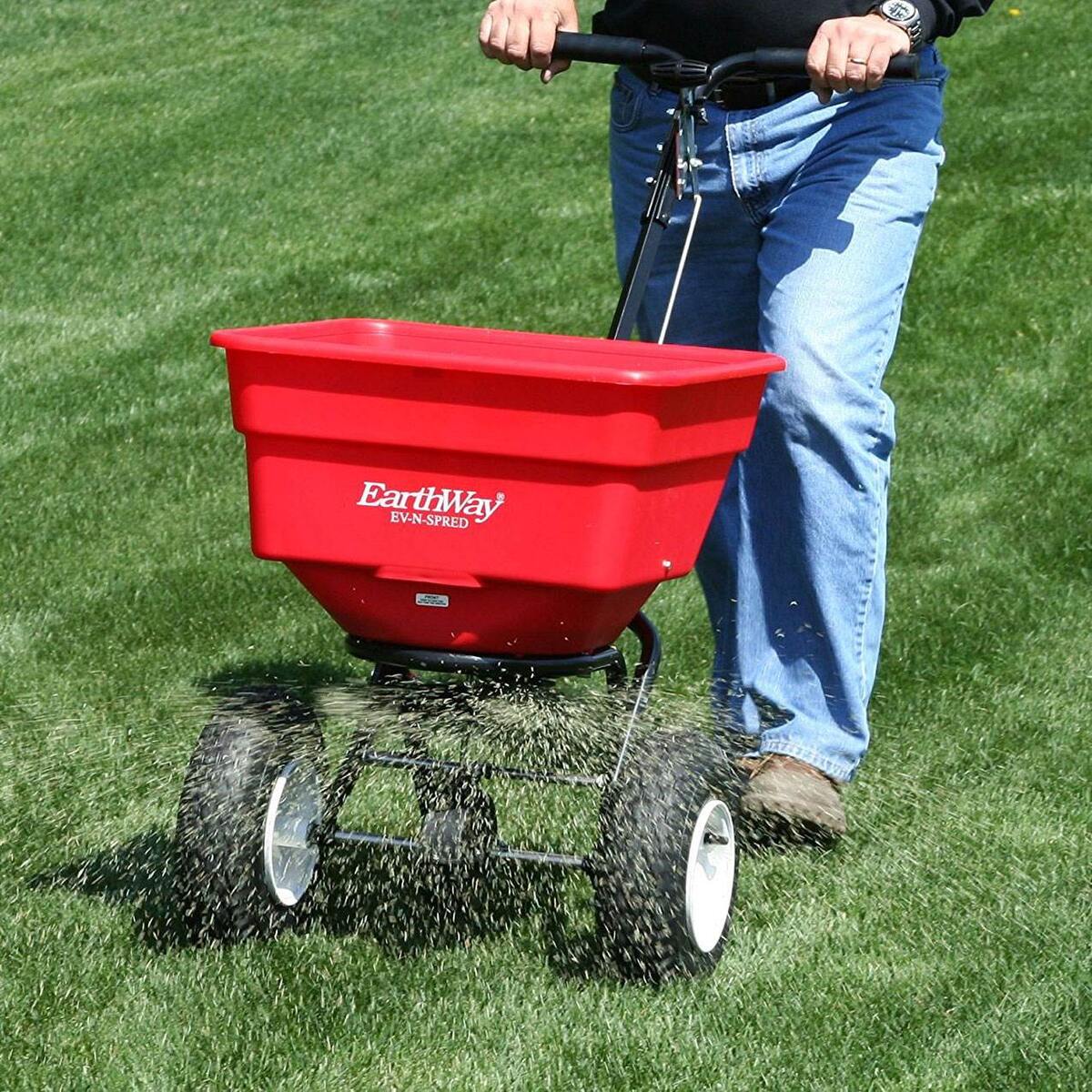
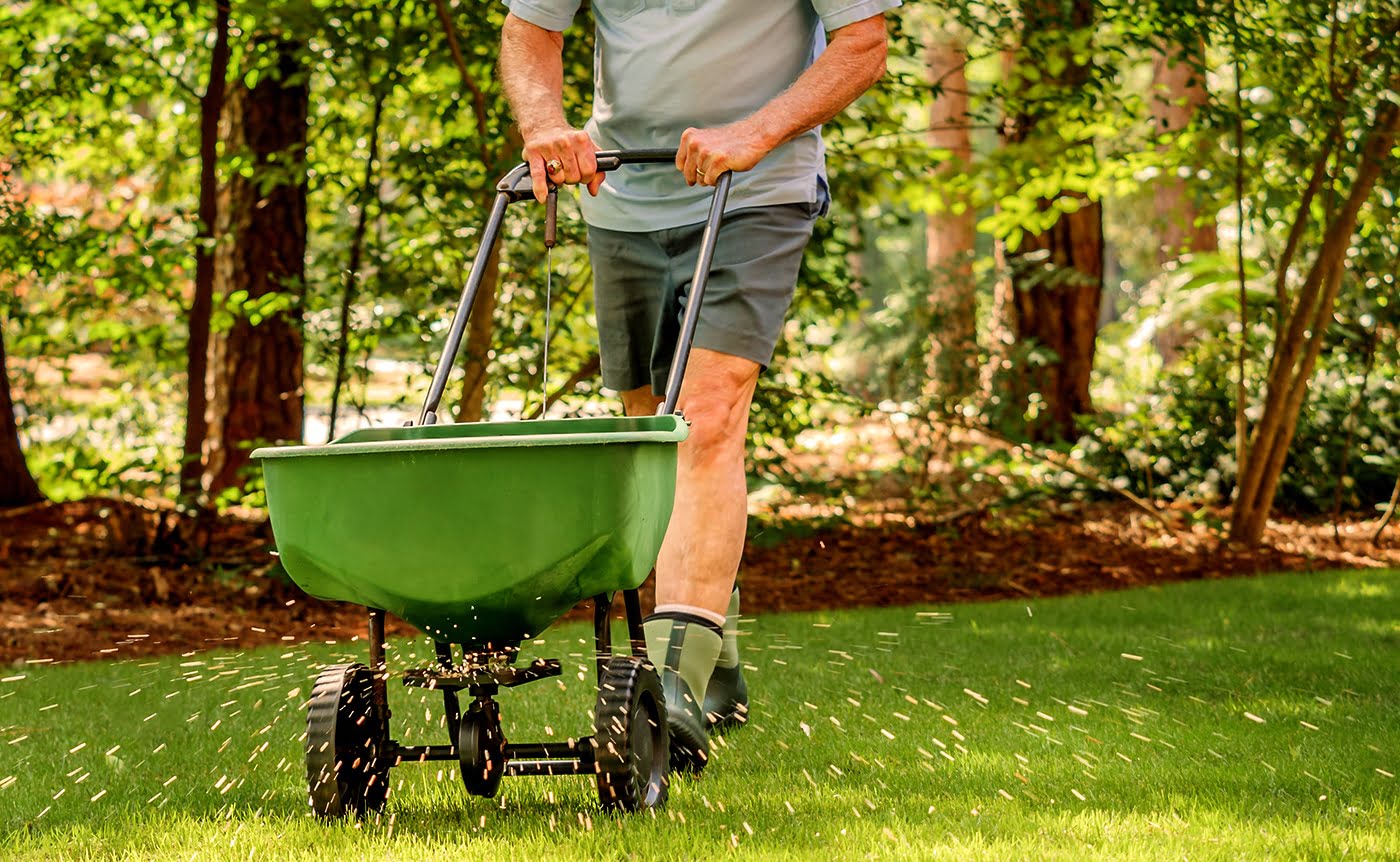
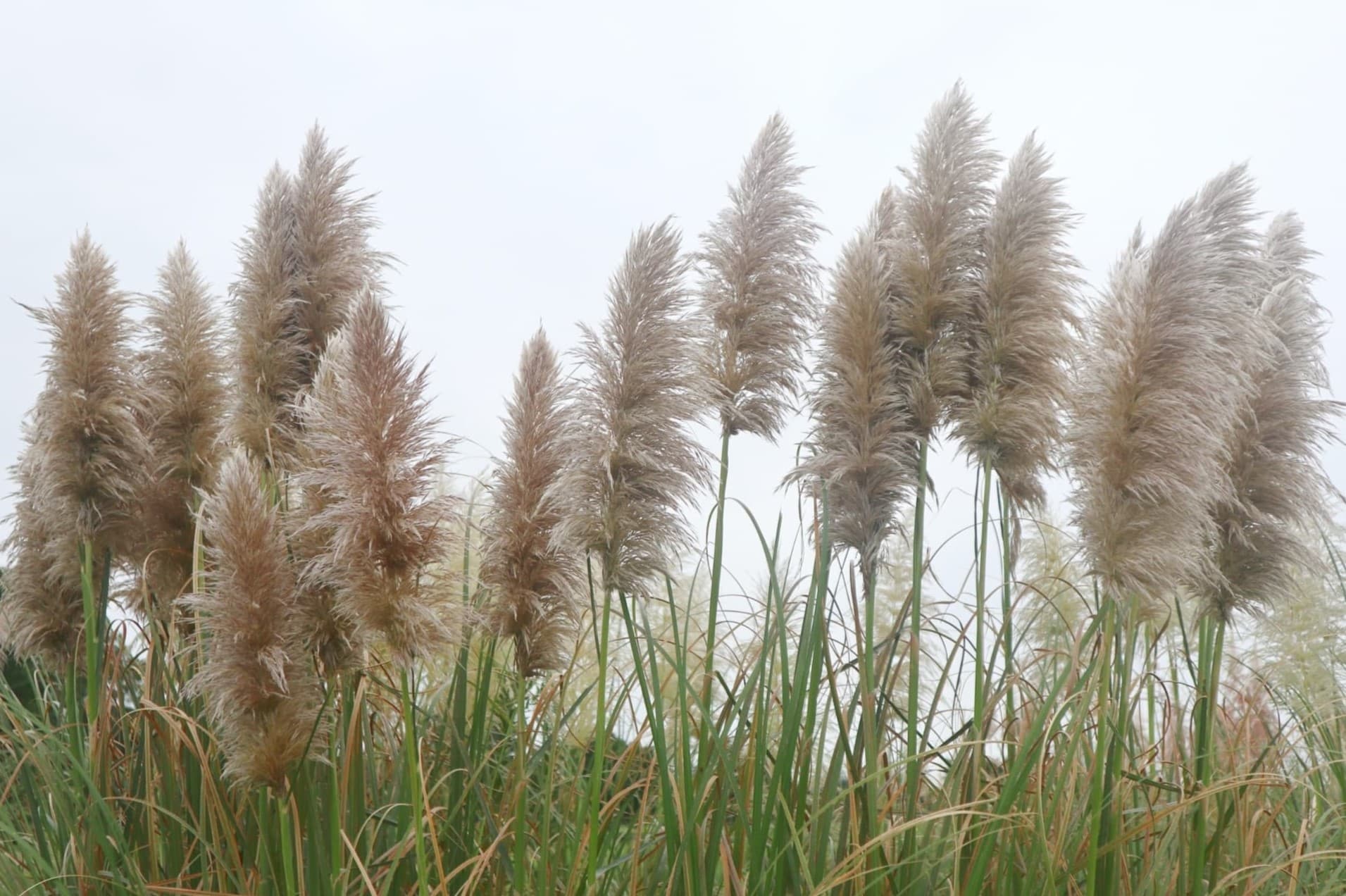
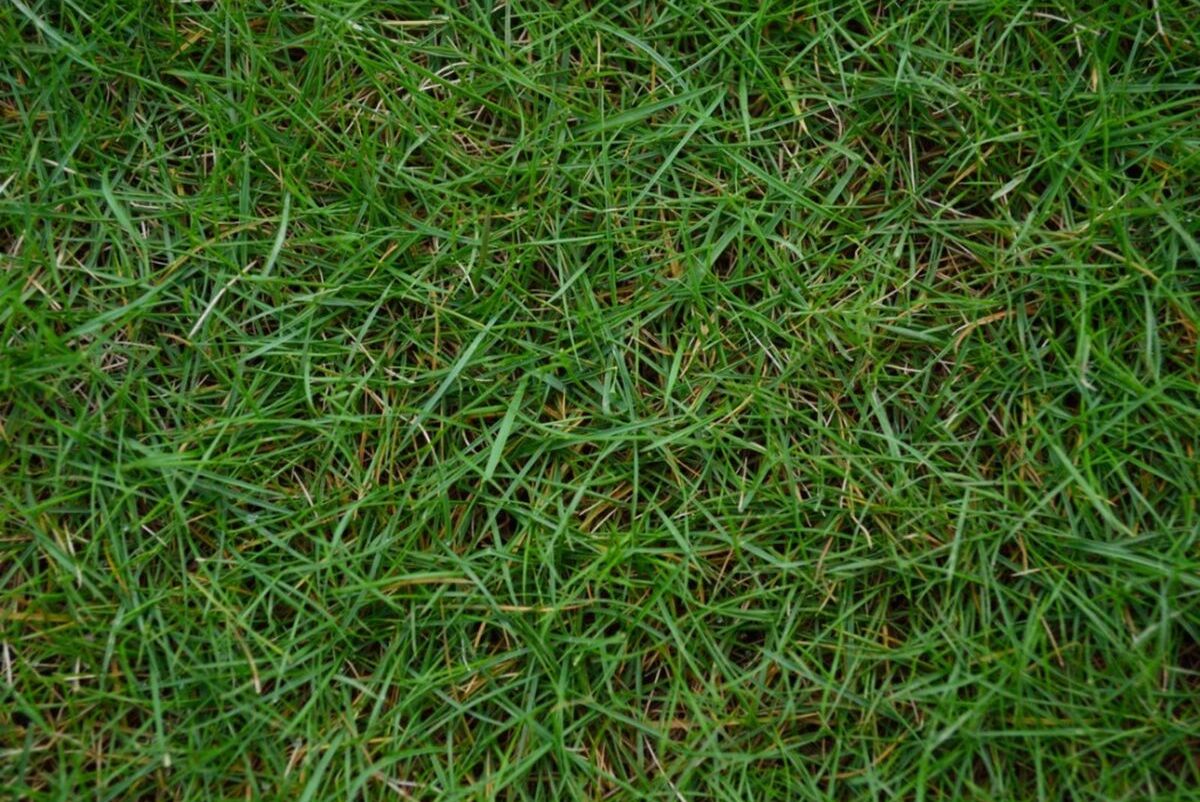
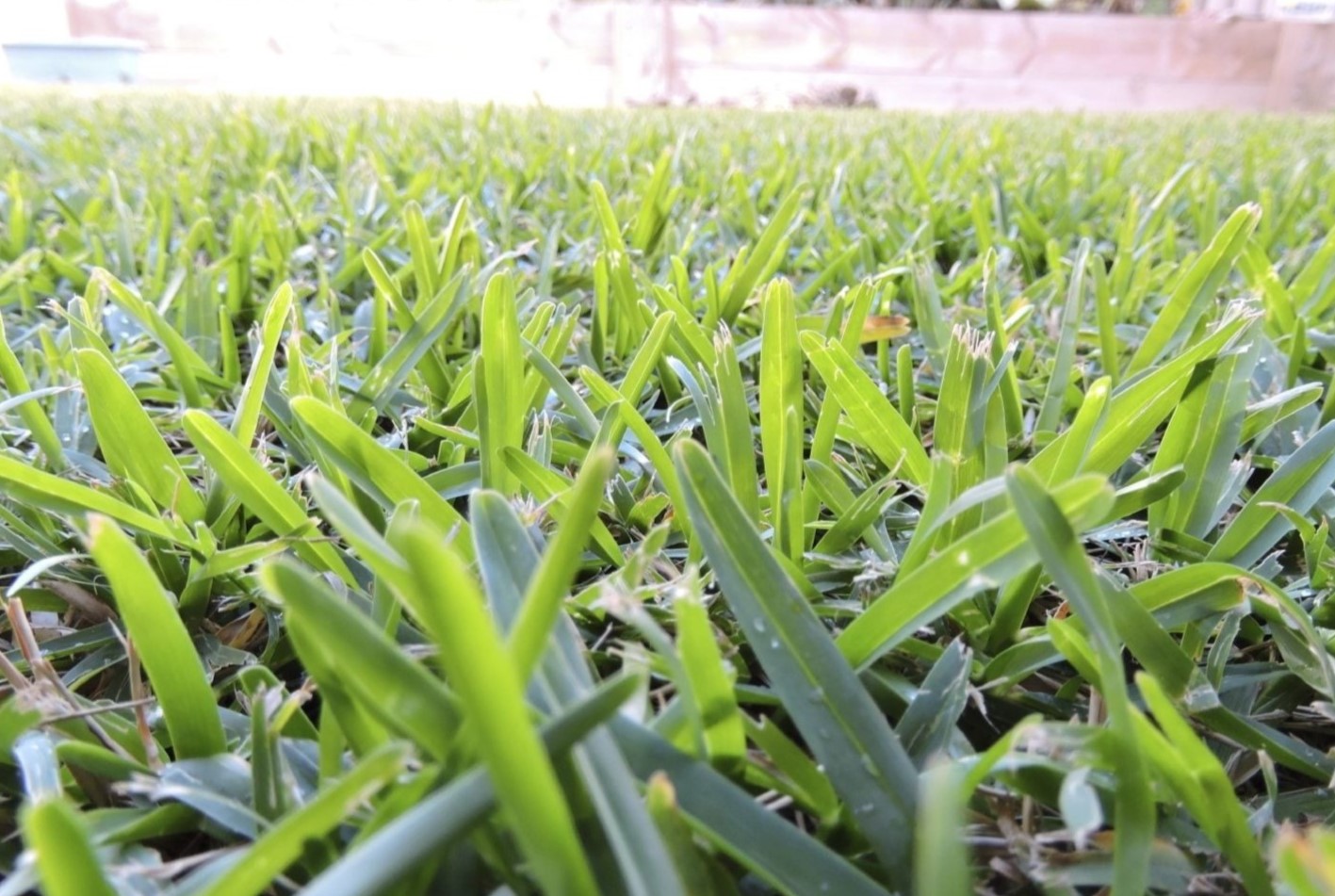
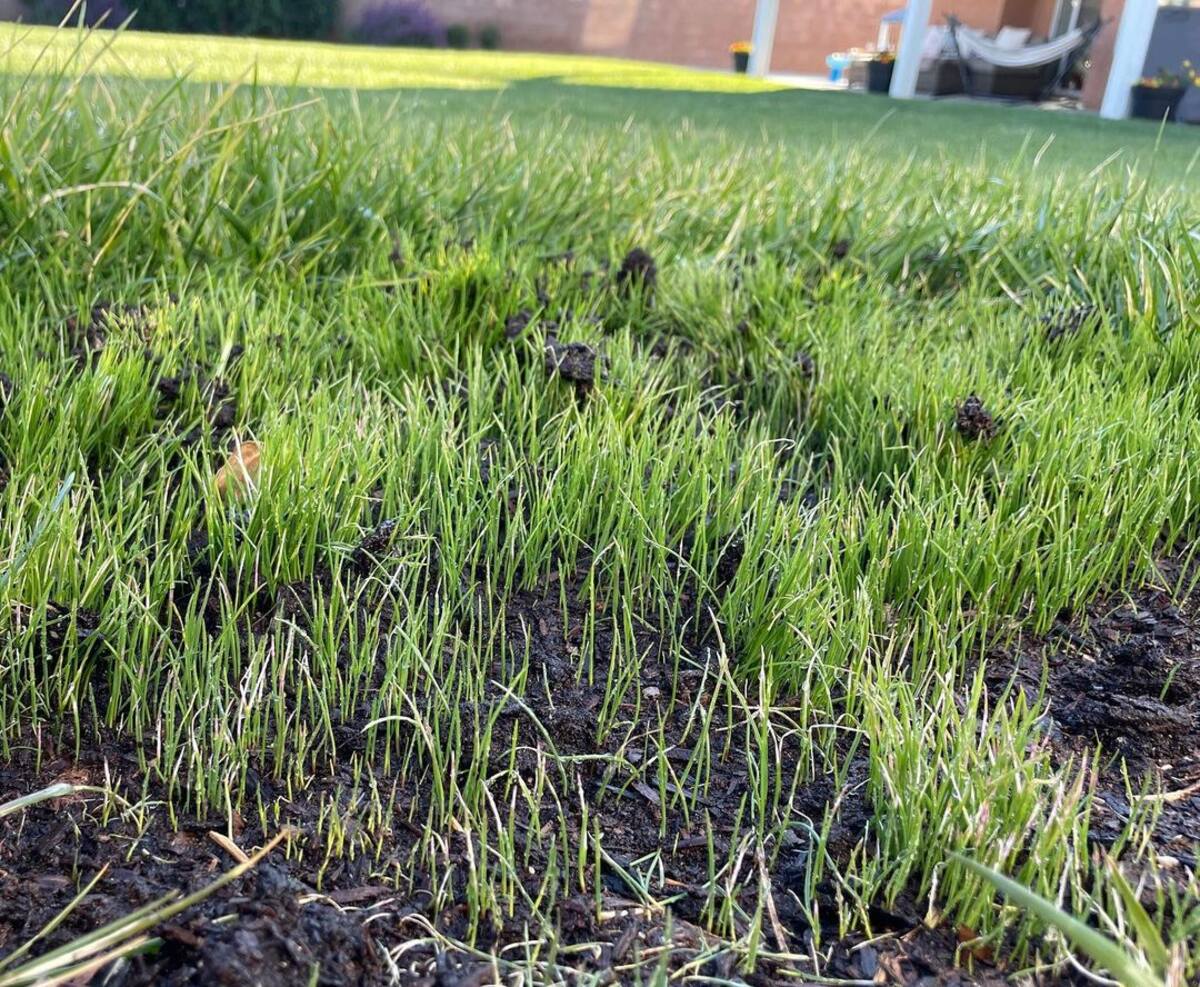

0 thoughts on “How To Spread Grass Seed Without Spreader”